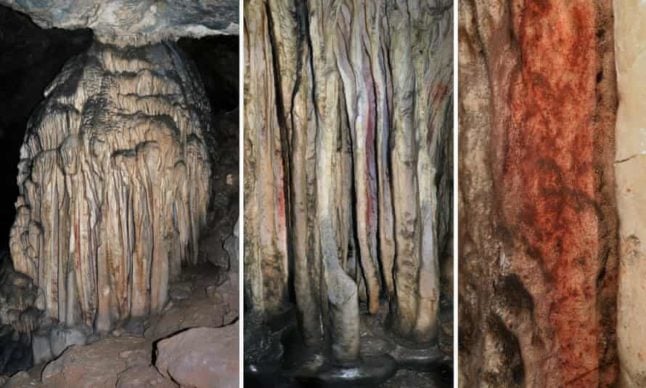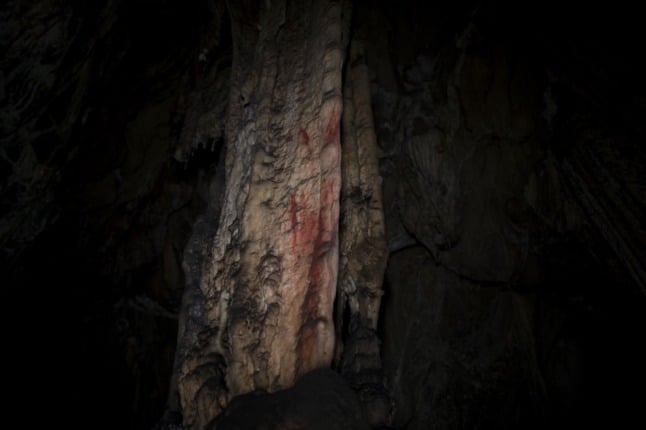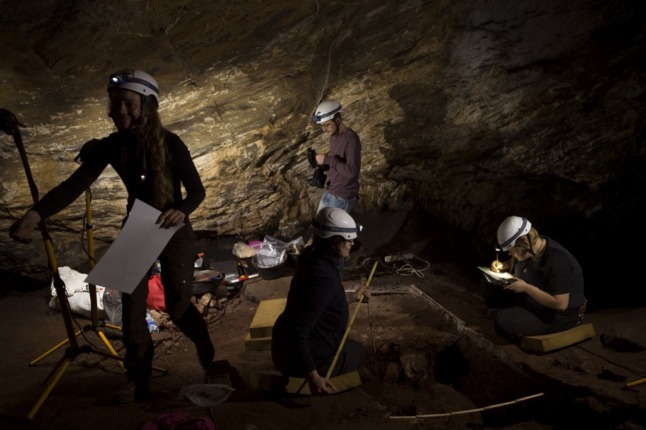P { margin-bottom: 0.08in; }
The ships clashed in the Battle of the Atlantic in 1942 and were lost for more than seven decades in an area known as the Graveyard of the Atlantic.
Researchers led by the US National Oceanic and Atmospheric Administration's Office of National Marine Sanctuaries discovered the vessels about 48 kilometres from shore.
“Most people associate the Battle of the Atlantic with the cold, icy waters of the North Atlantic,” NOAA official David Alberg said, “but few people realize how close the war actually came to America's shores.”
The discovery of the German U-boat 576 and the freighter Bluefields offers "a rare window into a historic military battle and the underwater battlefield landscape of WWII," NOAA said.
The ships were found 240 metres apart.
They battled on July 15th, 1942 when a convoy of merchant ships being escorted from Norfolk, Virginia to Florida was attacked by the German submarine.
"The U-576 sank the Nicaraguan-flagged freighter Bluefields and severely damaged two other ships," NOAA said.
"In response, US Navy Kingfisher aircraft, which provided the convoy's air cover, bombed U-576 while the merchant ship Unicoi attacked it with its deck gun."
Both ships were lost within minutes and sank to the seabed, but only one, the German boat, suffered casualties, 45 in all.
The wreck site is considered a war grave for the German crew and is protected under international law.
"The Federal Republic of Germany is not interested in a recovery of the remnants of the U-576 and will not participate in any such project," the German Foreign Office said in a statement.
"They are under special protection and should, if possible, remain at their site and location to allow the dead to rest in peace."
The shipwreck was found in August by archaeologists aboard an NOAA research vessel.
SEE ALSO: Kaiser's early love of sea surfaces in sketches
P { margin-bottom: 0.08in; }





 Please whitelist us to continue reading.
Please whitelist us to continue reading.
Member comments